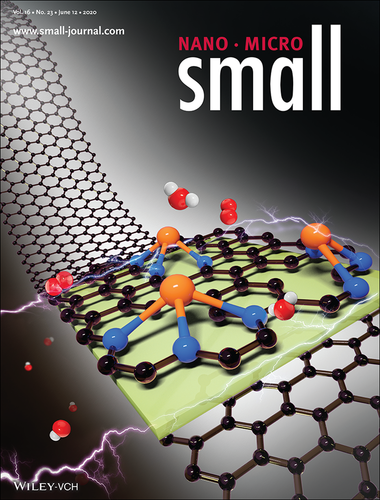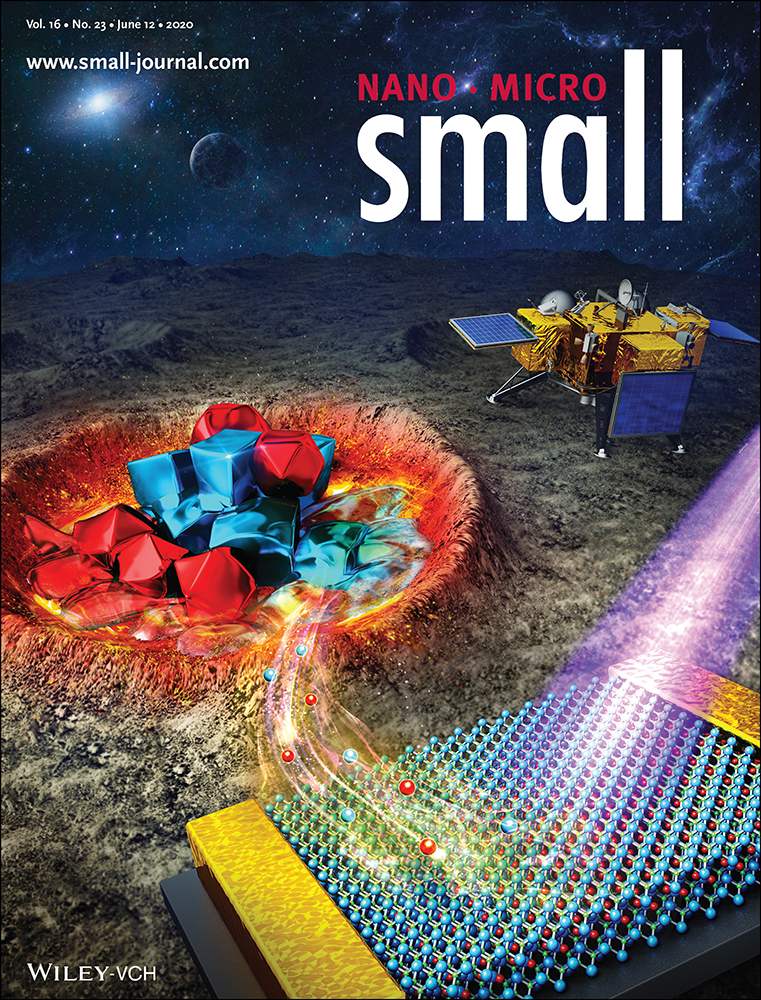Ionic Exchange: Ionic Exchange of Metal−Organic Frameworks for Constructing Unsaturated Copper Single-Atom Catalysts for Boosting Oxygen Reduction Reaction (Small 23/2020)
Graphical Abstract
In article number 2001384, Yi Wang, Yunteng Qu, Jinbo Bai, and co-workers develop an ionic exchange strategy to fabricate atomically dispersed CuNC material with unsaturated CuN3 centers. Oxygen reduction reaction (ORR) tests indicate that its half-wave potential and turnover frequency are significantly enhanced compared to that with CuN4 moieties. This suggests that decreasing N coordination number of the active center could greatly boost the ORR activity. This may inspire further design of efficient electrochemical catalysts.





